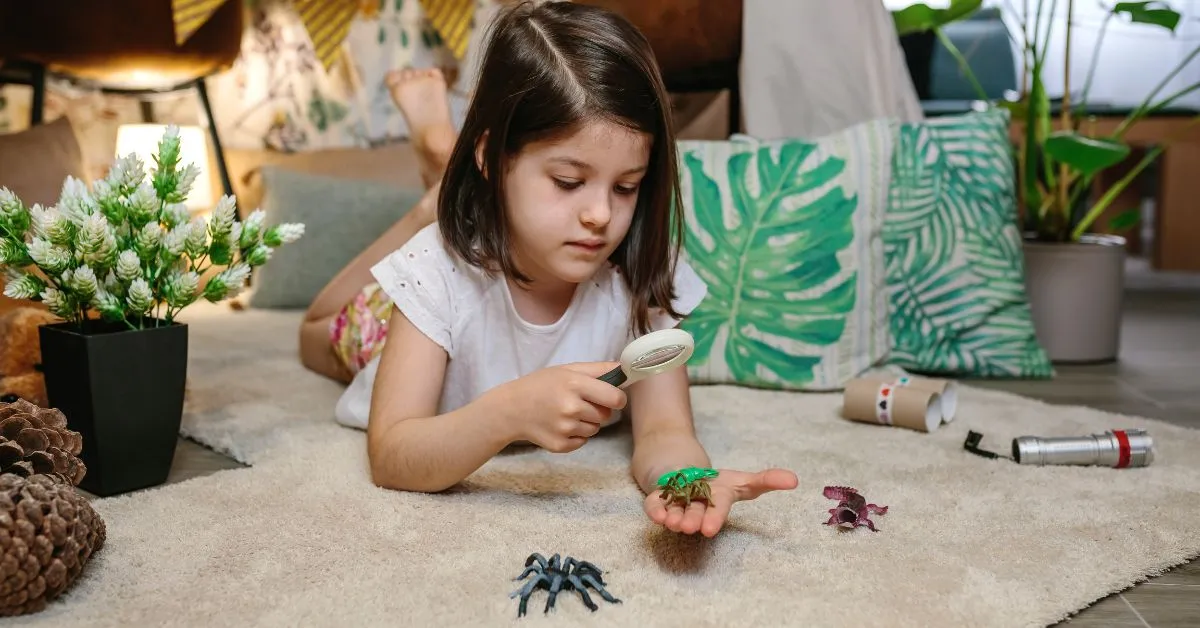Pest control is one of those areas where misinformation spreads easily. From old wives’ tales passed down over generations to trendy “natural fixes” online, it’s easy to get misled when you’re trying to handle a pest problem on your own. Unfortunately, following bad advice can make infestations worse—or give pests more time to multiply.
Let’s take a closer look at some of the most common pest control myths, and the truth behind them.
Myth 1: If You Don’t See Pests, You Don’t Have a Problem
This is one of the most dangerous assumptions a homeowner can make. Many pests are excellent at hiding in walls, attics, crawl spaces, or under appliances. By the time you see one mouse, cockroach, or termite, there’s a strong chance there are many more hidden nearby.
The truth:
Most pest infestations go unnoticed in the early stages. Rodents are nocturnal and avoid people. Termites are silent and stay inside walls or wood structures. Cockroaches can live behind refrigerators or under sinks without ever being seen until the population grows. Don’t wait for visible signs—routine inspections and monitoring are key.
Myth 2: Cheese Is the Best Bait for Mice
It’s a pop culture staple—mice love cheese, right? Not exactly. While mice may nibble on cheese if nothing else is available, it’s not their preferred food source.
The truth:
Mice are more attracted to high-protein and high-fat foods like peanut butter, seeds, grains, or even chocolate. Peanut butter is especially effective as bait because it sticks to the trap, forcing the mouse to linger.
Myth 3: DIY Pest Control Works Just as Well as Professional Services
There are countless over-the-counter sprays, traps, and natural remedies available, and many of them can help with small, isolated pest problems. But they often fall short when dealing with a larger infestation or pests with complex behaviors.
The truth:
DIY methods may temporarily reduce visible pests, but they rarely address the root cause—like hidden nests, entry points, or breeding conditions. Professionals use targeted strategies based on pest biology, habits, and environment. In many cases, by the time DIY efforts seem to fail, the problem has gotten worse.
Myth 4: Clean Homes Don’t Get Pests
While poor sanitation can increase the risk of pests, even the cleanest homes can be invaded. Pests are resourceful and not limited to dirty environments.
The truth:
Rodents and insects look for food, water, and shelter. Even in a spotless home, they can find crumbs, moisture, or warmth—especially in the fall and winter. Bed bugs, for example, aren’t attracted by filth; they’re brought in through luggage, clothing, or furniture. Pests don’t discriminate.
Myth 5: One Treatment Is All You Need
Many people believe that one good spray or trap is enough to get rid of pests for good. Unfortunately, pest control rarely works that way—especially for infestations or persistent pests like ants, termites, or rodents.
The truth:
Effective pest control often requires follow-up treatments, monitoring, and adjustments. Some products take time to work. Others target only part of the population (like worker ants, not the queen). Lasting control usually means combining treatment with prevention and inspection over time.
Myth 6: Pets Will Keep Pests Away
Some people assume that having a cat or dog will keep rodents or bugs out of the house. While pets may chase pests or deter them in certain situations, they’re not a substitute for real pest control.
The truth:
Mice, rats, and insects can avoid pets and still find plenty of places to hide and nest. In some cases, pet food, bedding, and litter boxes can attract pests—especially ants, roaches, and pantry beetles. Pest control should be designed with your pets in mind, but pets themselves won’t keep infestations at bay.
Myth 7: Ultrasonic Devices Eliminate Rodents and Insects
Ultrasonic pest repellers are widely sold with claims that high-frequency sound will drive pests away. While the concept sounds appealing, studies show that these devices have little to no lasting effect.
The truth:
There is no reliable scientific evidence that ultrasonic devices effectively control pests long-term. Rodents may avoid the noise at first, but they quickly adapt. For real results, physical barriers, trapping, and targeted treatments are still necessary.
Myth 8: You’ll Always Know If You Have Termites
Termites can cause major damage before you see a single sign. Homeowners often think they’d notice an infestation quickly, but that’s rarely the case.
The truth:
Termites can live inside walls, under floors, or inside wooden structures for years without obvious signs. By the time visible damage appears—like hollow-sounding wood or mud tubes—the colony is well established. Annual termite inspections are the best way to catch problems early.
Final Thoughts
Myths and misconceptions about pest control can lead to wasted time, ineffective treatments, and more serious infestations. The truth is, successful pest management isn’t about quick fixes—it’s about understanding how pests behave, staying vigilant, and taking action before problems grow.
If you’re unsure whether a pest control tip is accurate, it’s best to rely on proven strategies and professional guidance rather than shortcuts or internet rumors. With the right approach, your home can stay protected, pest-free, and safe year-round. We recommend Main Sail Pest.




